The History of Deb Shops
Do you remember the clothing store DEB? It was a huge and popular clothing chain during the 80s and 90s as it specialized in selling reasonably priced clothing for women between the ages of 14 and 21. It was fun to check out their latest sales after school with friends! For the lucky, more thrifty few of us, its sister stores, Chain Store Outlet was also available to snag some of the best bargains, although there were only five in the country.
As far as clothes, they had a ton of merchandise available from private and store-owned brands of all sorts. As a big competitor of Merry Go Round, Marshall Fields, Kmart, Petrie Stores and County Seat, Deb hit its peak in the 80s and early 90s. Although things went downhill after it was purchased in 2007 by Lee Equity Partners when its parent company, DSI Holdings, filed for bankruptcy in 2011 and again in 2014, all 295 stores were closed in 2015.
So here’s the full history of Deb Shops:
First Shop Opening in 1932
The very first Deb Shop was opened in Philadelphia, PA by Philip Rounick and Aaron Weiner, but under the name JOY Hosiery, selling reasonably priced hosiery and foundations. They also added nylons in 1939 when they became popular, especially when they were required for parachutes and other equipment during WWII. Even when nylon had limited availability as the government regulated how much of it could be used for clothing, JOY Hosiery had a good supplier to succeed in business.
During the 50s, JOY grew and opened more stores throughout Philadelphia. But as restrictions on nylon were lifted and the material became more widely available, the brand dipped its toes into the sportswear market, selling as much apparel as its lingerie.
1960s and 70s: Store Expansion and Rebranding
When Philip’s son, Marvin Rounick, joined the company in 1961 as well as Aaron Weiner’s son, Warren, in 1965, they had to make some major changes to survive the big shift of families moving from the city to the suburbs. So they experimented with a few large stores in the rapidly growing shopping malls, offering a larger selection of merchandise.
They also needed to keep up with new trends in the clothing industry, such as introducing pantyhose that replaced garter belts. And as the women’s movement progressed, young women stopped wearing girdles and even bras! JOY (no pun intended) quickly took note and expanded their pantyhose and lingerie selection. Also in their favor, both the young women’s and unisex market expanded.
During the early 1970s, young Marvin and Warren became more involved in managing the company, making three major decisions that would forever change the company. These included:
- Closing the majority of original neighborhood stores and opening larger stores in shopping malls.
- Concentrating on selling dresses and sportswear for junior consumers and eliminating merchandise in other sizes.
- Changing the name of the JOY Hosiery stores to DEB.
Deb sold everything from skirts and peasant tops for women to men’s suits and ties during the early 70s. In 1975, it made over $9.5 million in sales, earning $400,000 in profits, despite Warren leaving. Marvin Rounick became president in 1979.
1980s: Major Success
Kicking off the 80s with 59 stores, it didn’t take long before Deb was making its way around the country with over 121 stores in just two years. Sales exceeded $70 million with $5.5 million in earnings.
After its first major success, Warren Weiner decided to rejoin the company in 1982, becoming executive vice president and treasurer. By 1983, the company went public under the name DEBS and raised almost $27 million, benefitting Marvin, his brother Jack, Aaron and the company’s shareholders. It also joined the NASDAQ Exchange before being acquired in 2007 by Lee Equity Partners for $395 million or $28.45 per share.
Marvin explained in a Forbes article that the money wasn’t needed since “We were already wealth before. It’s just that now we can spend it.” It was true; the company didn’t have a penny in debt and used all of their working capital funds to expand.
Deb continued to sell lower priced clothing to young women, 13 to 21 years old, with a few customers between 20 and 30 years of age. Because of their competitive pricing strategy and concentrated inventory, they were largely successful. Dresses in particular, were among the most popular items because they were priced considerably lower than the designer brand.
But even if some items didn’t sell, they were shipped off to one of the company’s other stores, CSO (Chain Store Outlet) where it was marked down even more.
In return, the fast-moving merchandise allowed the company to stay updated on the ever-changing trends of the clothing market, which drew in younger women by the numbers.
The Need for Innovation
Despite Deb’s success, Rounick had to make some vital decisions for the company to survive the 90s. It was predicted that by the 1990s, there would be 14 - 15 percent less women between the ages of 14 to 24. But unlike its competitors, Deb vowed to stay with its specialization in the junior women’s department of moderately priced clothes. But they decided to market the name “junior” as a size instead of an age group. This way, the brand could follow consumers as they grew older (as long as they didn’t gain weight), to the point where it could serve both teens and their mothers. In 1983, the company then started selling basic clothing in addition to their large junior merchandise.
Marketing Innovation
The expansion continued throughout the 80s, selling to young and older women, as well as changing the store colors from green, white and purple to purple, raspberry and white. Their purple shag carpet was replaced with a lower pile purple carpet. They also installed windows in their storefronts to show off their latest inventory to customers walking by.
Another marketing tactic that worked well was putting together full outfits throughout the stores instead of having everything displayed on racks and shelves. Without overdoing it of course, they would dress mannequins with a few layers of clothing along with different accessories on to motivate their customers to purchase more items. They also sold matching tops, pants and handbags to increase sales, which still works today.
Within just two years, DEB’s customers ranged from 13 to 40 years old, with sales increased to $147.1 million in 1985.
New Store Openings
During the late 80s, the company was opening as many as 40 new stores each year, most of them located in regional shopping centers within urban metropolitan areas. But as the rent of the malls continued to rise, Deb checked into to smaller size markets that were adjacent to major towns. They also experimented with opening stores in less expensive strip malls.
Rounick explained in a Chain Store Age Executive article, “They [strip center stores] are not doing the same business as the malls, but because of the reduced costs we found we can make money in the first year.” The company had 67 stores in 1989, each ranging between 5,000 to 10,000 square feet, with the average of 6,000 square feet.
Challenges and Successes in the Late 80s
Despite having lower rent in the strip malls, the women’s clothing industry was starting to take a downturn as they weren’t interested in the new merchandise. They also waited for markdowns and sales before making their purchase, which took a toll on Deb’s profit margin.
In response, Rounick tried to improve inventory control to sell more clothes at full price and cut costs. Deb also expanded its warehouse in 1988 to 280,000 square feet and installed a computer-controlled sorting and distribution system. It helped managers determine which merchandise was most popular as new inventories arrived at the stores two time a week and store displays were changed weekly.
The company also continued to mark down less popular items. By the end of 1988, sales were down 2 percent to $194 million but their cost-cutting tactics allowed them to increase their earnings by 15 percent to $13.7 million. By then, they also expanded to the West Coast, opening stores in California, Oregon and Washington, totaling 316 stores.
The company continued to expand in 1989, using its own capital again to open 31 new stores and increase private-label business to improve profit margins. They had $71 million in equity by then there were rumors that Milton Petrie, who owned competitor stores Petrie Stores, Inc., owned over 15 percent of DEBS stock. By the end of the year, the company made record sales of $202 million and reached its an earnings of $17.6 million.
Success in the 1990s
During the first few years of the 90s, Deb continued to expand into Colorado, Idaho, New Mexico, Oklahoma and Texas. The company also acquired the New York chain Tops N’ Bottoms, selling name-brand clothing for young adults at moderate prices. They opened Tops N’ Bottoms departments in various DEB stores.
While success was booming for Deb by 1993, their total number of stores peaked at a total of 373, seeing its highest sales at $229.5 million, although earnings fell 18 percent.
Deb also introduced its private label credit card in 1993 which also allowed them to contact their customers through direct mail. They opened another 11 stores, although sales had declined four percent as underperforming stores closed.
8 new stores were opened in 1994, but by then they had seen a net loss for the first time. Management had spent $16.8 million to purchase back the block of stock owned by competitor Petrie Stores Corporation. By then, insider Martin and Jack Rounick and Warren Weiner owned 75 percent of the total company’s stock.
To their dismay, sales continued to drop in 1995 as the company only opened one new stores while closing 33 DEB stores as well as one Tops N’ Bottoms store. To help improve sales, Rounick introduced shoes into 200 DEB stores, that added about $4.6 million to their sales. But in the end, customer resistance persisted that left the company with $176.7 million and an earnings loss of $4.2 million.
Acquisition of Atlantic Book Stores
On October 20, 1995, the company bought Atlantic Book Stores for $4.7 million as they had seen the apparel industry go down within the past three to five years. When Martin Simon sold his company to Deb at the age of 72, he began the business by selling used books to department stores. When Simon sold it to Deb, there were 14 stores with full-service warehouse stores between 12,000 and 26,000 square feet, all located in Montgomeryville, PA, Cherry Hill, NJ and Dover, DE.
Deb’s plan was to expand the chain by adding warehouse stores in urban areas. But it did not anticipate any direct competition with other discount chains like Waldenbooks, Borders and Barnes & Noble, due to their warehouse setup.
Meanwhile, in the apparel business, Deb decided to move away from its all-junior focus and introduced plus sizes into 33 percent of their stores, which was 19 at the time. They would be converted into plus sizes stores called DEB PLUS and about half of the Tops N’ Bottoms departments would also become plus size in DEB stores.
The diversification of the company helped to build on their responsiveness to changes in demographics, which helped retail operations and distribution expertise. There was also some flexibility and staying power by 1996 as the company was still debt-free and had over $51 million in cash.
Downturn in 2000s
Things were going fantastic for the company throughout the 90s and even in early 2000s, until 2007 hit. The private-equity group Lee Equity Partners LLC purchased the company for $395 million and took it off the stock market with a closing price of $26.68.
Marvin Rounick explained in an interview with the The Philadelphia Inquirer, “I’m 67 years old…I think this is a great opportunity for the people here. If we thought it was a lousy deal, we wouldn’t take it.” Of course, any CEO would love for their company to live on for many generations and that was certainly Lee Equity Partners plan as they had claimed they had “industry expertise in retail and focus on post-investment operating improvement”, they were focused to give their stores a whole refreshed look and implement a new store growth plan.
While things did seem exciting for the next five years, Lee Equity Partners was unable to attract the customer base that Rounick and Weiner did in the past. Deb was also hit when parent company DSI Holdings filed for bankruptcy on June 27, 2011 and again on December 4, 2014. By January 7, 2015, they had to call it quits, closing all 295 stores. They also attempted to sell their plus-clothes as an online-only retailer as of September 2015, but then shut down their website without warning in December 2018. And that was it for the Debs brand.
What Do You Remember from Deb?
Deb was definitely a great store back then! It was always exciting to see what deals they had. So what was your experience like? Were there any items that you only got from this store, or just came to browse? I’d love to hear your thoughts in the comments section below!

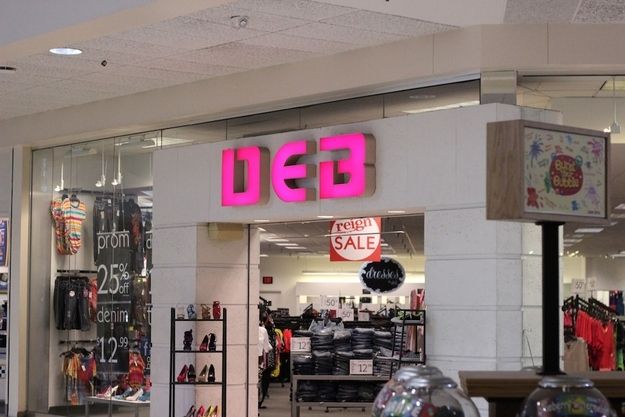
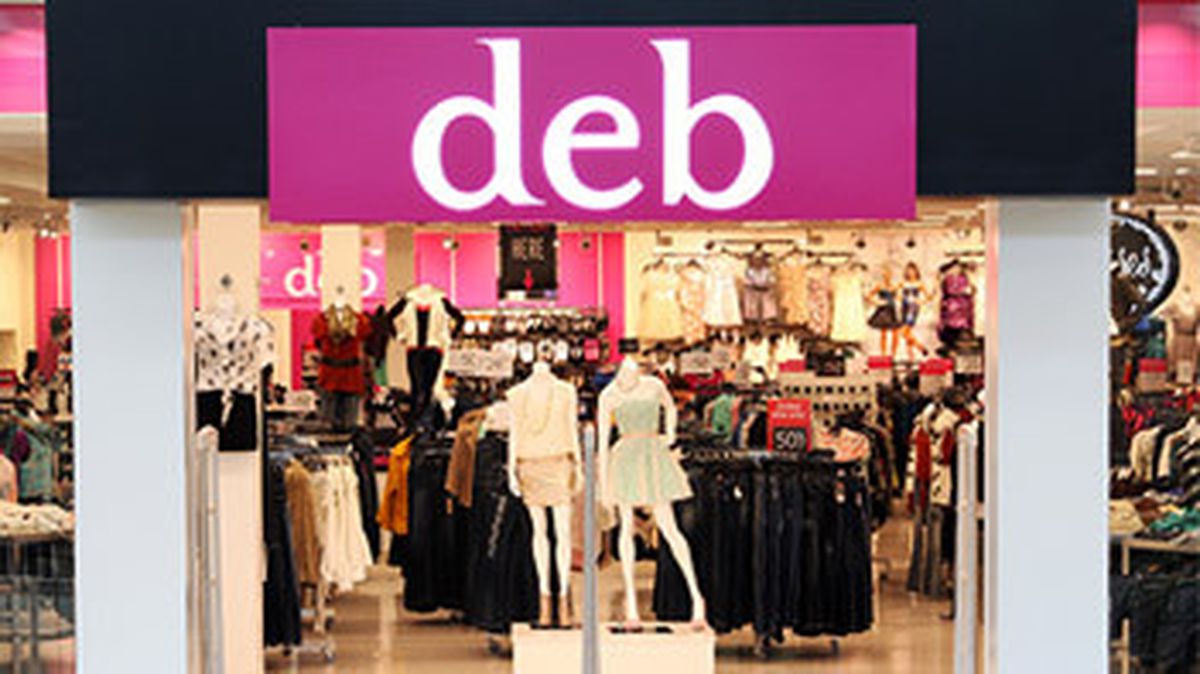

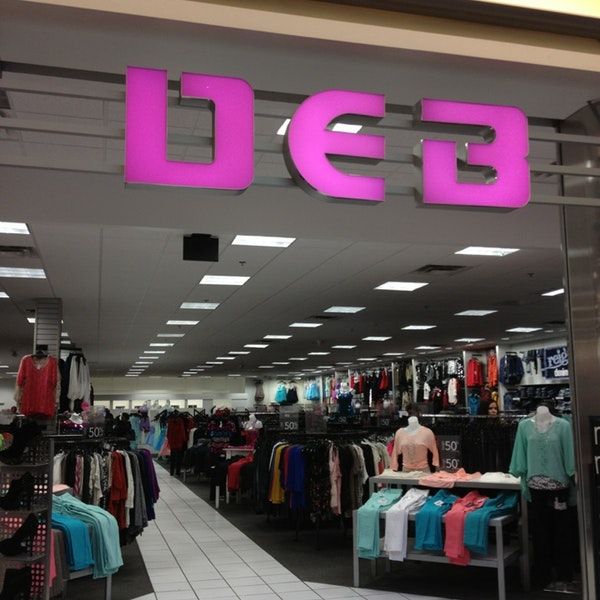


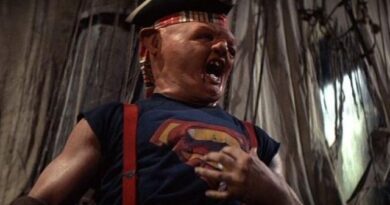
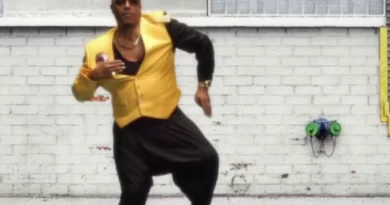
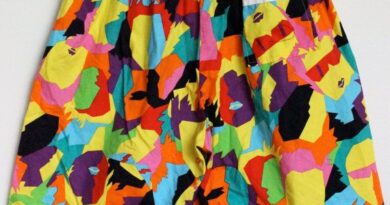
I so miss there cloths. I’m plus size and loved there sales and cloths..I have some type style and so ha Todo to find my pretty go to cloths now. I call.them bar cloths. It’s what we call that store back in the day. Now I can to afford 44 for.a.shirt. Got me crazy. Most plus size I see in stores now. High price or just plain old.granny style. Don’t want to offend anyone. But I have always called button up shirts and clothes I hate. That name. So yes I so miss DEBs stores. I wished they would.some how make a come back.